Chiller Trends and Innovations
Chiller Trends and Innovations
Chiller innovation is persistently advancing to meet the expanding demand for energy efficiency, maintainability, and performance. A chiller trends and innovations are forming the future of chiller systems:
High-Efficiency Compressors:
- Producers are creating advanced compressors, such as variable-speed compressors and oil-free compressors, to improve chiller efficiency and part-load execution. These compressors alter their speed and capacity to coordinate the cooling request, diminishing energy consumption and working costs.
Smart Controls and Integration:
- The integration of smart controls, the IoT (Internet of Things) network, and information analytics allows for more precise monitoring, optimization, and control of chiller systems. Smart chiller controls can alter operation in real time based on environmental conditions, energy prices, and gear execution, maximizing productivity and reliability.
Low-GWP Refrigerants:
- There’s a move towards utilizing refrigerants with lower worldwide warming potential (GWP) and higher environmental supportability. Producers are creating chillers that utilize elective refrigerants such as HFOs (hydrofluoroolefins) and characteristic refrigerants like ammonia (R717) and carbon dioxide (CO2), which have lower environmental effects compared to conventional refrigerants like HFCs (hydrofluorocarbons).
Modular and Scalable Designs:
- Secluded chiller systems offer adaptability and scalability, permitting clients to include or remove chiller modules based on changing cooling necessities. This modular approach empowers more proficient utilization of resources, diminishes downtime amid support, and optimizes system execution by coordinating capacity to request.
Heat Recovery and Cogeneration:
- Chiller systems with coordinated heat recuperation capabilities capture waste heat from the cooling handle and utilize it for heating applications such as space heating, household hot water generation, or industrial processes. Cogeneration systems combine chiller innovation with power generation to simultaneously deliver cooling and power, maximizing energy effectiveness and asset utilization.
Hybrid Cooling Systems:
- Crossover cooling systems combine numerous cooling advances, such as chillers, evaporative cooling, and thermal capacity, to optimize energy effectiveness and reliability. By coordinating distinctive cooling strategies based on natural conditions and stack requirements, hybrid systems can accomplish critical energy investment funds and decrease environmental impact.
Advanced Materials and Construction:
- Developments in materials and development procedures enable the advancement of more tough, corrosion-resistant, and proficient chiller components. Progressed heat exchanger plans, coatings, and materials improve heat transfer efficiency, decrease fouling, and expand the lifespan of chiller systems.
Focus on Total Cost of Ownership (TCO):
- Manufacturers and end-users are progressively considering the entire cost of ownership (TCO) when selecting chiller systems instead of just upfront costs. The TCO investigation takes into consideration variables such as energy productivity, support necessities, unwavering quality, and lifecycle costs to distinguish the most cost-effective and sustainable cooling arrangement.
These patterns and developments are driving the advancement of chiller innovation towards more prominent energy efficiency, supportability, and execution, addressing the advancing needs and challenges of present-day cooling applications. As the request for cooling proceeds to develop, chiller producers will proceed to improve to meet the wants of diverse industries while minimizing environmental impact and working costs.
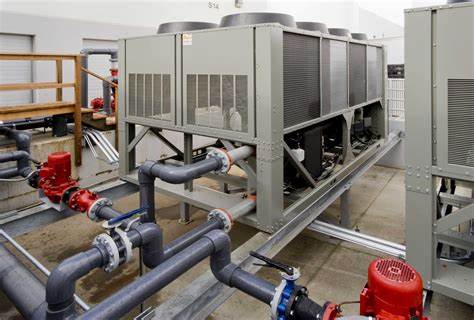


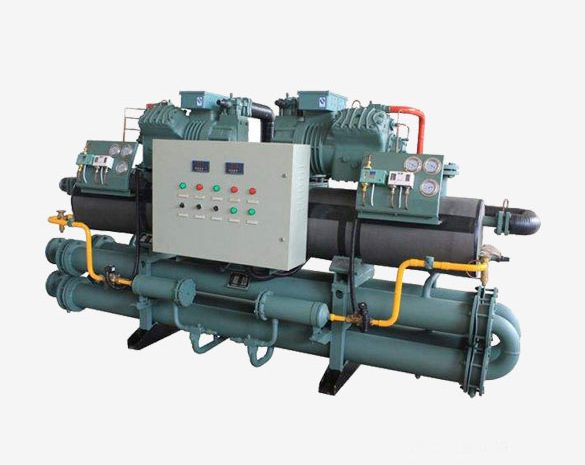
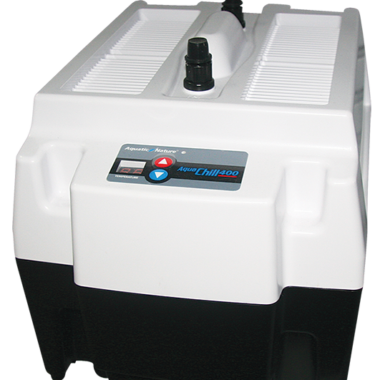
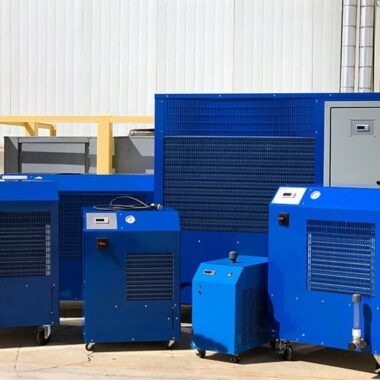
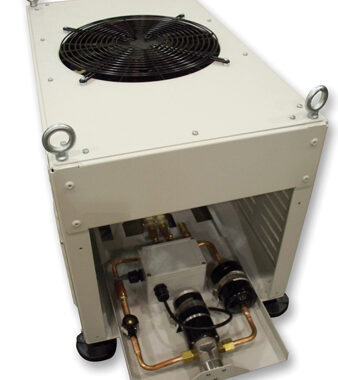

Chiller Case Studies - Cool Fab Equipments February 20, 2024 at 2:06 pm
[…] Chiller case studies considers give real-world illustrations of how chiller systems are actualized, optimized, and utilized in different applications and businesses. Here are a few illustrative case thinks about: […]